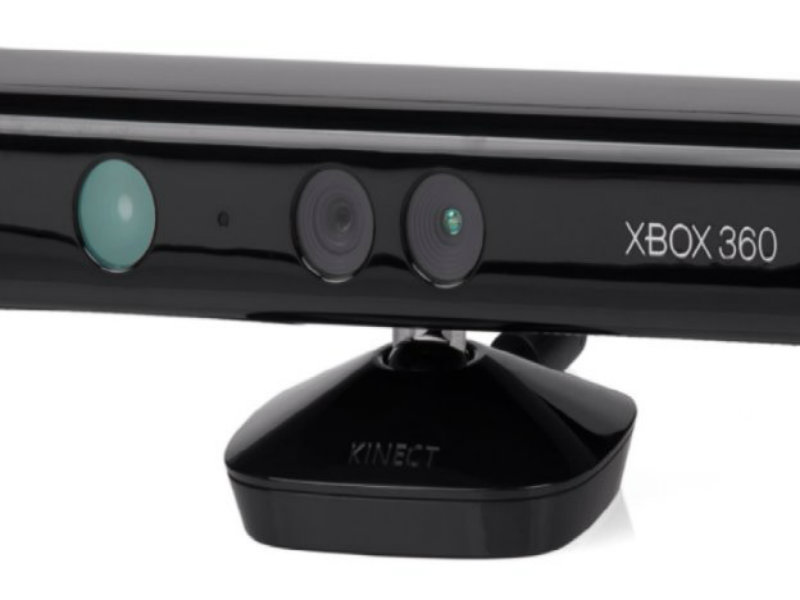MS and Kinect: Can an Xbox Camera Improve My Walking?
Written by |


Don’t you just love the walking test when you see your neurologist for your annual exam? “Let’s see how fast you can walk to me,” she says. The test is called the T25-FW, and it measures how long it takes you to walk 25 feet.
But, what about how well you walk? There’s no objective test to measure your gait. Neurologists do assess how well you walk, of course, but it’s a subjective measurement. Two different doctors may assess a patient’s gait differently.
Digital video can do it better
This past week, researchers at McGill University in Canada reported on their study in which they used an inexpensive camera to objectively measure the gait of MS patients. It’s Microsoft’s Kinect. That’s a 3-D camera used for video games such as tennis and dancing … games that require a camera that’s able to sense depth. It can be hooked up to an Xbox or used with a computer running Windows. As an MS patient walks, the camera feeds his or her movements into the computer, where an algorithm assesses the walking patterns. Doing that removes the human subjectivity from the assessment.
A more precise way to assess gait
Being able to mathematically define different severity levels of a patient’s gait this way, says Daria Trojan, a physiatrist at the Montreal Neurological Institute and Hospital, could be useful in determining how well certain treatments are working. It could objectively “assess treatment effects of certain interventions such as rehabilitation or medication, and to document MS disease progression as reflected by gait deterioration,” says Trojan. “It may also be useful as a measure in clinical trials.”
Of course, a video of this is worth a thousand of my words.
What’s next?
In their study, the McGill researchers captured the movement of 10 MS patients.They say their next step will be to conduct a study with a larger group of MS patients, including evaluation in a gait laboratory and using a newer version of the Kinect device for better accuracy.
Note: Multiple Sclerosis News Today is strictly a news and information website about the disease. It does not provide medical advice, diagnosis, or treatment. This content is not intended to be a substitute for professional medical advice, diagnosis, or treatment. Always seek the advice of your physician or other qualified health provider with any questions you may have regarding a medical condition. Never disregard professional medical advice or delay in seeking it because of something you have read on this website. The opinions expressed in this column are not those of Multiple Sclerosis News Today, or its parent company, Bionews Services, and are intended to spark discussion about issues pertaining to multiple sclerosis.






Philip Longford
I suppose it is the simplest way to measure how the MS is progressing. Also, how to evaluate benefits (if any) of the FES?
Ed Tobias
Hi Philip,
Thanks for your comment. It does seem like a simple process that can be used to better track the progress of the disease and the affects of medication and therapy. I hope that it finds its way into neurologists' offices.
Ed
Marie
This is fascinating and looks to be a great tool for assessment and even towards prescribing patient specific physical therapy. The only area that I see that it may not address is a case such as mine. I pass the short walking test on my neurologist's office with flying colors. My problem begins after walking about 75 yards give or take. But the results at that point are debilitating...left leg first begins dragging, which I can initially compensate for, but soon after, It progresses and my entire leg (thigh, knee, and foot) stops working.
Ed Tobias
Hi Marie,
You're right, the walking test seems to be limited to assessing how quickly you can walk a very short distance. As far as I know, there is no test to assess how far you can walk, no matter the speed, before tiring. It seems to me that such a test would be useful. I'll put this subject on my list of things to talk about with my neuro when I see her in October. Perhaps another column will come out of that chat.
Marie
Thank you. And, after thinking more on it, the kinetic program may could be modified in time to assess how gait is impaired after, say, 20 minutes of walking in place! It's all very interesting and looks to be a promising tool.